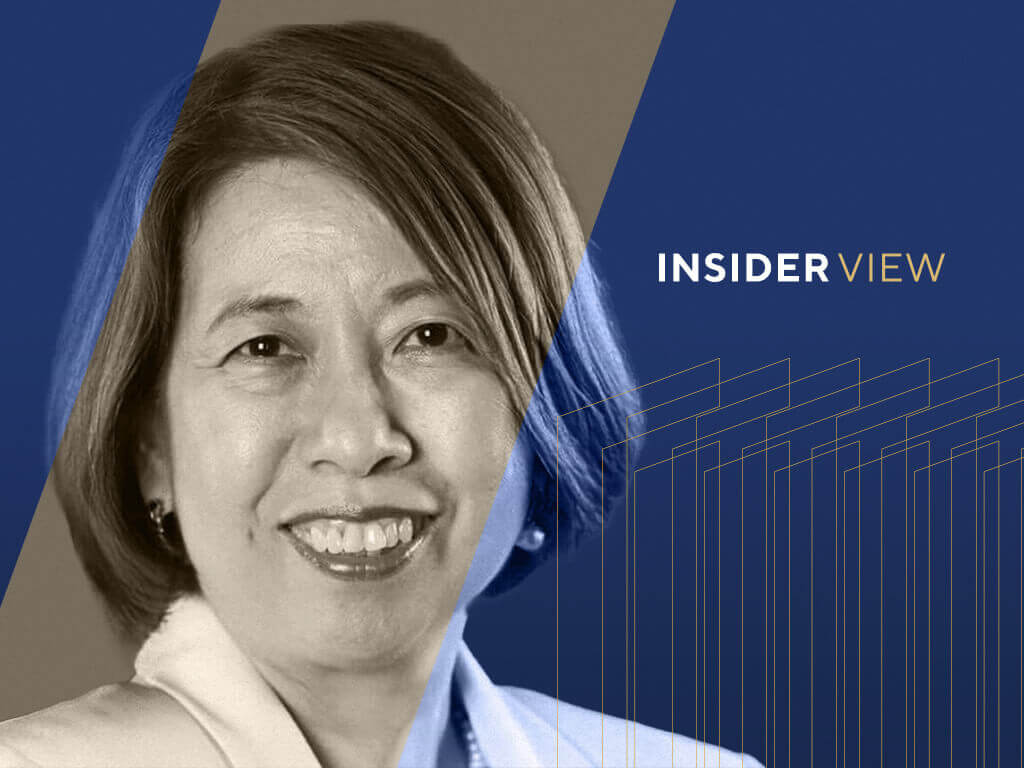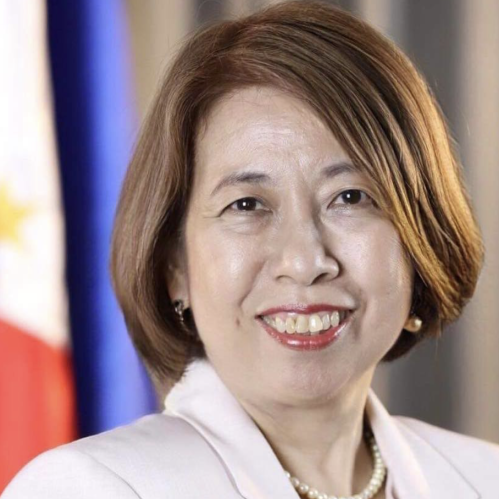

It would be interesting to discover what kind of society Philippine public finances would show.
Data from the Department of Finance indicates that for the last four decades, the government has always operated on a deficit. While some people hyperventilate about government deficits, deficits are neutral as far as being a policy tool. What matters more is where these deficits are going. Think of where the excess spending is going.
If one takes a close look at the budget of the Philippine government, one notes that successive presidents since Cory Aquino have made sure that education takes a considerable chunk of the budget.
Since 1986, education has been at least 14% of the total budget of the government, far higher than any other sector (excluding debt service). If only intent resulted in quality outcomes, then reading the Second Congressional Commission on Education (Edcom 2) report or the results of the 2022 Program for International Student Assessment (PISA) tests would not be too heartbreaking.
The PISA 2022 results for the Philippines showed no better scores than in PISA 2018 where the Philippines ranked among the lowest in ASEAN. On the other hand, Edcom 2’s report is titled “Miseducation: The Failed System of Philippine Education. These documents read like companion pieces to the travesty that Philippine education seems to have become.
Just to focus on two main things that matter greatly in education – teachers and books - the report found that:
Since 2012 only 27 textbooks have been procured for Grade 1 to Grade 10, notwithstanding the substantial budget allocation. Because of the centralized manner of procurement, textbooks often find their way to the hands of the students only in the last few months of the school year.
Between 2009 and 2023, the average passing rate in the licensure examinations for elementary (33%) and secondary (40%) has been dismal compared to passing rates in other professions. Worse, data show that between 2012 and 2022, 77 higher education institutions (HEIs) offering Bachelor of Elementary Education and 105 HEIs offering Bachelor of Secondary Education continued operations despite having consistently zero passing rates in the Licensure Examination for Teachers.
Teachers’ time is still heavily burdened by administrative tasks, stealing time away from lesson preparation and teaching.
What can be done? Edcom 2 has several worthy recommendations, including not just to sustain increases in education investments but even more importantly, to ensure that these resources are allocated in an equitable manner, strategically impact learning outcomes (e.g., early childhood education and nutrition), and utilized on time.
Here's hoping that Edcom 3 will not merely copy-paste the findings of Edcom 2 and paint an even more dire picture of Philippine education.
We can only pray that the society that the future Philippine public finances will show is a vastly more equitable and better educated one.

Ms. Habitan served as Assistant Secretary of the Department of Finance where she became a career bureaucrat for 44 years immediately after graduating with a degree in Business Economics from the University of the Philippines. She has a masters degree in D
